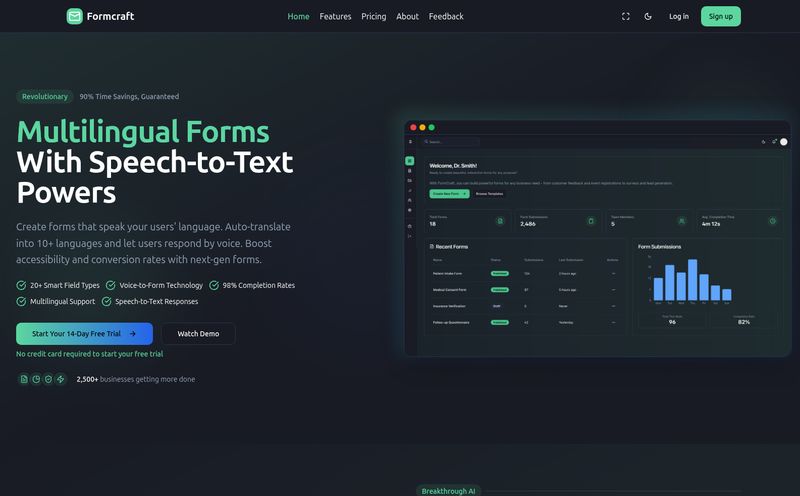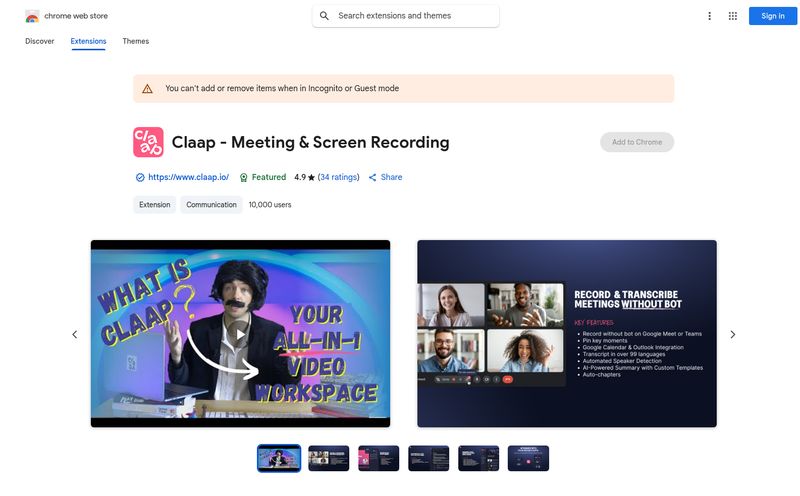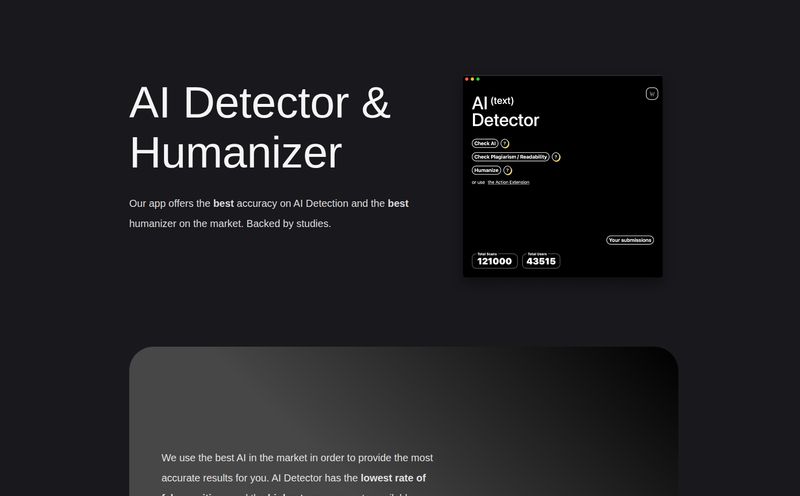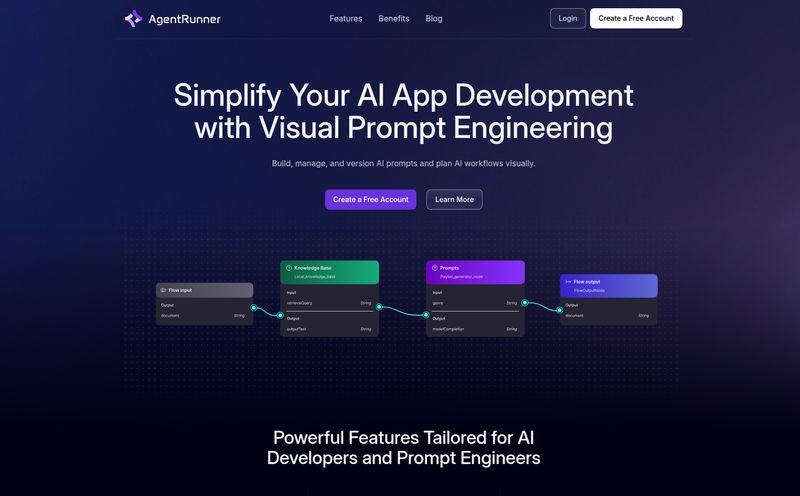If you’ve spent any time in a Security Operations Center (SOC), you know the feeling. The constant, unending stream of alerts. It’s the digital equivalent of a smoke detector that goes off every time you make toast. After a while, you just start to tune it out. And that, my friends, is when the real trouble sneaks in. We call it alert fatigue, but it’s really a state of professional numbness. It’s a huge problem, and for years, the solution has been to just… hire more people to stare at more screens.
I’ve seen dozens of platforms promise to be the silver bullet. The one tool to rule them all. Most of them just add another layer of complexity, another dashboard to check. So when I heard about Raia, an AI-powered unified security platform, my default cynical-veteran-blogger mode kicked in. “Here we go again,” I thought. But I have to admit, after digging in, there’s something different here. Something that feels… genuinely useful. Maybe, just maybe, this is a step in the right direction.
So, What is Raia, Anyway? (And Why Should I Care?)
At its core, Raia is designed to be your security team's new best friend. It’s a unified platform that pulls in data from all your disparate security tools—your SIEM, your endpoint protection, your cloud logs, even your code repositories. Think of it less as another security tool and more as a central command center or a universal translator for all your existing tools. It’s built on the idea that you shouldn't have to jump between 15 different browser tabs to figure out if a threat is real or just noise.
The secret sauce, of course, is the AI. Raia uses it to connect the dots between all those data points, analyze threats, and even automate the cleanup process. The goal is to cut through the noise so your human experts can focus on the stuff that actually requires a human brain. It’s about turning a flood of raw data into a handful of actionable insights. A pretty tall order, but one that every SOC team is desperate for.
The Core Features That Actually Matter
A feature list is just a feature list until you see how it solves a real-world problem. Here’s what stood out to me about Raia’s capabilities.

Visit Raia
Unified Security Visibility: Your Single Pane of Glass
I once worked on an incident response where we spent the first three hours just trying to get logs from four different systems into one place. It was a nightmare. The concept of a “single pane of glass” has been a holy grail in security for ages, and Raia makes a serious attempt at it. By integrating with your existing stack, it creates a centralized view of your entire security posture. No more context switching. No more exporting CSVs. Just one place to see what’s happening. This alone is a massive quality-of-life improvement.
Natural Language for Dashboards? Yes, Really.
This is the part that made me raise an eyebrow in a good way. Raia lets you build dashboards and query your data using plain English. Instead of writing some complex query language you’d have to look up on Stack Overflow, you can apparently just type, “Show me all high-severity alerts from our production AWS environment in the last 24 hours.” If this works as smoothly as they claim, it’s a game-changer. It democratizes data analysis, allowing even junior analysts or non-security folks to get answers without needing a data science degree. It's a simple idea with profound implications for workflow speed.
AI-Powered Threat Analysis That Does the Heavy Lifting
Here’s where we get back to that alert fatigue problem. Raia’s AI doesn’t just collect alerts; it correlates them. It can see a weird login from an unrecognized IP in one system, a malicious file download on an endpoint in another, and a strange data exfiltration pattern in your cloud logs, and say, “Hey, these three seemingly separate events are actually one big, scary incident.” It acts like a seasoned detective, piecing together clues that a tired, overworked human might miss. This is how you separate the signal from the noise.
Automated Remediation: The Dream of Every SecOps Team
Finding the problem is only half the battle. Fixing it is the other half. Raia allows you to build automated remediation workflows. For example, when that correlated threat I just mentioned is detected, a workflow could automatically:
1. Block the malicious IP at the firewall.
2. Quarantine the affected endpoint.
3. Temporarily disable the user account.
4. Create a high-priority ticket in Jira with all the relevant info.
This turns a 45-minute manual panic-drill into a 2-second automated response. That’s not just saving time; it's actively reducing your organization's risk exposure.
My Honest Take: The Good, The Bad, and The Complicated
No tool is perfect, and anyone who tells you otherwise is selling something. Raia has a lot going for it, but it's important to go in with your eyes open.
The immediate wins are obvious. You're looking at a significant reduction in the time it takes to fix things and a huge weight lifted off your team's shoulders from manual, repetitive tasks. Improving security visibility is massive, and I believe the natural language interface could genuinely simplify data analysis for a lot of teams. The ability to integrate with the tools you already use, rather than forcing you to rip and replace, is also a smart, pragmatic approach.
However, let's be real. This isn’t a magic wand you just wave at your network. The effectiveness of a platform like Raia is going to depend heavily on the quality of the data you feed it. If your logs are a mess and your tools are poorly configured, you’re just centralizing that mess. There will be an initial setup and configuration period to get it integrated with your unique environment, and that will take time and expertise. And for teams not accustomed to AI-driven platforms, there’s likely a bit of a learning curve to truly trust and get the most out of the automation. It’s an investment, not an instant fix.
So, How Much Does Raia Cost?
Ah, the million-dollar question. Or, hopefully, a bit less. As of right now, Raia's website doesn't have a public pricing page. This is pretty standard for enterprise-grade B2B platforms, and it usually means one thing: custom pricing. The cost will likely depend on factors like the size of your organization, the number of data sources you’re integrating, and the specific features you need. Your best bet is to reach out to their sales team for a demo and a custom quote based on your environment. Don't expect a simple three-tiered pricing model here.
Who is Raia Really For?
I see Raia being a perfect fit for mid-to-large sized organizations that are feeling the pain of a complex, siloed security stack. If your team is drowning in alerts and spending more time triaging than threat hunting, this is built for you. Companies with mature but overwhelmed SOCs, or those heavily invested in cloud environments like AWS, Azure, and GCP, will likely see the biggest return. If you're a small startup with only a handful of security tools, this might be overkill. But for everyone else stuck in the alert-response-repeat cycle, it's definately worth a look.
Frequently Asked Questions about Raia
1. Does Raia replace my existing SIEM or EDR?
Not necessarily. Raia is designed to integrate with and enhance the tools you already have. It acts as a unifying layer on top, pulling data from your SIEM, EDR, cloud logs, and more to provide better context and automate responses. It makes your existing tools more powerful.
2. How difficult is it to set up and integrate Raia?
There will be an initial setup phase. You'll need to connect your various data sources and configure the platform. While this requires some initial effort, the long-term goal is to save you far more time through automation and unified visibility.
3. How does the natural language dashboard actually work?
Think of it like using a modern search engine. You type a question in plain English, and the AI interprets your intent to query the underlying data and generate the appropriate chart, graph, or list. It removes the need to know a specific, complex query language.
4. What kinds of tools and platforms can Raia integrate with?
Based on the information available, it integrates with a wide range of sources, including common security tools (like SIEMs and firewalls), cloud environments (AWS, Azure, GCP), and code repositories (like GitHub). This broad integration is key to its unified approach.
5. Is Raia only for huge enterprise companies?
While large enterprises with complex security stacks are a clear fit, any organization struggling with alert volume and manual remediation could benefit. If your security team, regardless of its size, is spending too much time on low-level tasks, Raia could provide significant value.
The Final Verdict: Is Raia the Answer to Our Prayers?
So, is Raia the mythical beast that will finally slay the dragon of alert fatigue? It's not a magical cure-all, but it’s one of the most promising approaches I've seen in a while. It’s not just adding more dashboards; it’s adding intelligence and automation on top of what you already have. It tackles the root problems: data silos, manual toil, and lack of context.
For any security leader who is tired of hearing that their team is burned out, or that a critical alert was missed in a sea of false positives, a platform like Raia deserves serious consideration. It represents a shift from a reactive, human-powered security model to a proactive, AI-assisted one. And in today's threat landscape, that's not just a nice-to-have. It’s becoming a necessity for survival. I’m cautiously optimistic, and in this industry, that's high praise.
Reference and Sources
- Raia Official Website (Based on icon URL)
- Alert Fatigue & Burnout Plague SOCs - A great overview of the problem Raia aims to solve, from Dark Reading.



